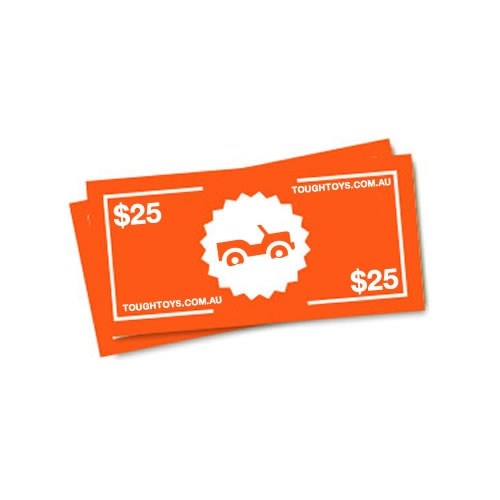How To Avoid Major Damage To Your Vehicle Offroad
You’re always going to get the odd bump and scratch if you spend a lot of time driving off road. It comes with the territory, and if your vehicle’s a big rugged touring machine a few minor battle scars are just going to give it more character anyway. Major damage is different, though. A bad smash can cost you a fortune, cause injuries or in the worst case leave you stranded miles from anywhere. And while collisions with other vehicles are the most common cause of major damage on roads, once you venture into the wilderness a much bigger problem is animal strikes.
Hitting animals isn’t just bad for the ecosystem; it can be pretty nasty for you, too. Ramming a cow has pretty obvious potential for making a mess but smaller animals can also cause a lot of damage. A common wombat can weigh up to 40kg, and if you hit one of those at any sort of speed it’s going to break things. A heavy impact with a wombat can damage your steering; hitting a goat can write of your radiator instantly. Taller animals like kangaroos can even come up, through the windscreen and land in your lap. A 75kg roo hitting you at 40km/h is not going to be a pleasant experience. As for sheep they’re solid enough to smash up pretty much anything on the front end of your wagon, and Australia has millions of them.
Bull bars can reduce the risk of damage from animal strikes, but they can’t eliminate it. The only way to do that is the obvious one – don’t hit animals. The problem is that animals don’t always cooperate with that. A lot of them instinctively hide when they hear a vehicle approaching, but as it gets closer they panic and make a run for it – often right out in front of you. Most people who’ve hit a large animal say it appeared so suddenly they had no chance to avoid it.
Wildlife tends to be most active around dusk and dawn, so that’s when you’re most likely to meet it. It’s also when it’s hardest to see – animals blend into the twilight extremely well. Avoid driving around these times if you can. If you have to move keep the speed down and the lights dipped – high beams seem to mesmerise a lot of animals, freezing them in place – and usually right in front of you. Don’t get tunnel vision on the path you’re following, because the danger will usually come from the sides. Keep scanning left and right, and don’t rely on your peripheral vision.
Actual nocturnal wildlife usually means predators, and they’re naturally wary, so the risk of hitting something actually goes down with the last of the sun, but it doesn’t disappear completely. Nocturnal birds break a lot of windscreens, so again, keep speed down in the dark. That’s good advice anyway, but it’s even better when you’re out in the bush.
If you do see an animal in front of you and there’s no way to avoid it, don’t slam on the brakes or try to swerve. That just risks a complete loss of control, which can be catastrophic. If you do hit an animal in the bush, immediately after the impact, stop.
First, check the animal; if it’s wounded, finish it off. Then give your vehicle a really good inspection. Even if there’s no visible damage to panels or lights your brakes, suspension or steering could have taken a beating. Check the radiator and engine too. Don’t move off again until you’re sure you’re 100% roadworthy. If you hit a domestic animal, like a cow or sheep, get the exact coordinates from your GPS because you’ll probably have to report it (check local laws).
Animal strikes can be really bad news, but most of them can be avoided. Even if you do find yourself facing one the right reaction can reduce the risk to you and to your vehicle. Just don’t race through the bush at dawn and expect everything to get out your way, because sooner or later something won’t.







